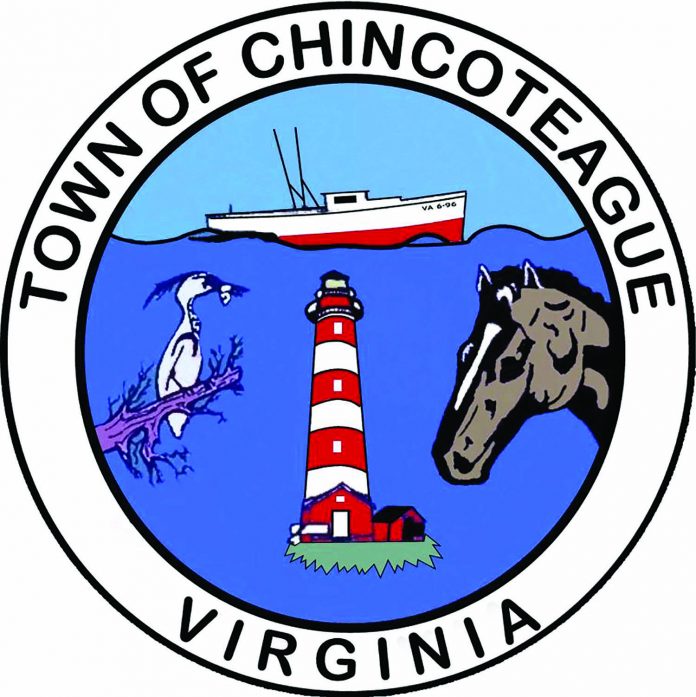By Carol Vaughn
An Army Corps of Engineers team visited Chincoteague Aug. 19 and heard a presentation about a planned study of the inlet off the southern end of the island, according to Chincoteague Town Manager Mike Tolbert.
Tolbert spoke about the visit during Monday’s Town Council meeting.
The team included Col. Brian Hallberg, commander of the Corps’ Norfolk District, along with Chief of Planning and Policy Michelle Hamor and others.
The visit was to see firsthand effects resulting from the widening of the inlet.
The team toured Mariner’s Point, which overlooks the inlet, and neighborhoods affected by flooding.
The study is to understand the inlet’s recent changes and ultimately to come up with strategies to address erosion and flooding on Chincoteague’s southern end.
Representatives from Chincoteague National Wildlife Refuge and NASA Wallops Flight Facility attended to add input from Chincoteague’s federal neighbors, Tolbert said.
The locality is required to provide half of the $3 million cost of the federal study. That match was approved by the General Assembly in the fiscal year 2023 budget.
The Corps plans to submit the study for funding in its fiscal year 2024 budget, Tolbert said.
Chincoteague water supply
Tolbert during a quarterly meeting with NASA Wallops Flight Facility officials was told funding to relocate Chincoteague’s wells was dropped from NASA’s current funding request.
“Since then, I’ve had discussions with staff members of Rep. Luria’s office and I had a conversation with a staff member from Sen. Warner’s office, who are trying their best to still get it included this year,” Tolbert said.
“Barring that, they will be looking for a legeslative vehicle for next year,” Tolbert wrote in his report to council.
“I also related to them that we were very interested in extending the time frame from five to 10 years” for installing a new water supply, “as well as making the language more general to include desalinization as well as well relocation,” Tolbert said Monday.
The proposed legislation would provide up to $14 million to relocate wells that supply the town’s water, after per- and polyfuoroalkyl substances (PFAS) were found in the water several years ago. The wells are located on NASA property.
Since then, NASA installed a filtration system for the town’s water supply.
ARPA projects update
Chincoteague received nearly $3 million in federal funds as result of the American Rescue Plan Act.
Of that amount, the Town Council has approved three projects, according to Tolbert: purchase of new firefighting air compressor equipment for the Chincoteague Volunteer Fire Company, at a cost of $53,750; a local match for a grant to buy an ambulance for the fire company, at a cost of $90,000; and water line replacement on Cropper Street, at a cost of $128,000.
That leaves around $2.7 million for other projects.
A committee appointed by the Town Council to recommend projects for funding “has discussed at length using the remaining funds for acquisition of a limited capacity sewage plant and design and construction of a collection and conveyance system for that plant,” according to Tolbert.
The funds must be obligated by Dec. 31, 2024, and spent by Dec. 31, 2026.
Old firehouse rentals
The town made a small profit last year by renting spaces in the former firehouse, which it now owns.
In fiscal year 2022, the town received $32,085 in rental income and spent $20,302 to operate and maintain the building.
Only one space, the former ambulance bay, is not currently rented.



